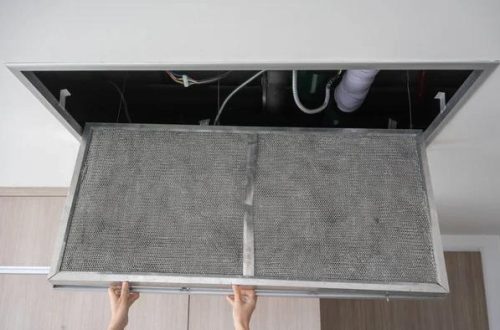When it comes to dealing with water damage in your home, understanding the difference between drying and restoring is crucial. Both processes are essential for returning your property to its previous condition, but they serve different purposes and involve distinct steps.
Drying your home is typically the first step after a flood or significant water leak. It involves removing excess moisture from all affected areas, including walls, floors, and furniture. Professionals use specialized equipment such as dehumidifiers, air movers, and heaters to accelerate the drying process. The goal of this stage is to stop further damage from occurring due to prolonged exposure to water. Drying prevents the growth of mold and mildew which can pose serious health risks if left untreated.
However, simply drying out an area may not be enough if significant damage has already occurred. This is where water restoration near me goes beyond just removing moisture; it involves repairing or replacing damaged materials in your home.
For instance, if drywall has absorbed too much water and become warped or discolored, it will likely need to be replaced rather than just dried out. Similarly, wooden structures that have been soaked may have weakened significantly and might require reinforcement or replacement.
Restoration also includes addressing any potential causes of the water damage in the first place – fixing leaks in roofing or plumbing systems for example – so that similar issues do not arise again in future.
Another crucial aspect where restoration differs from drying is aesthetic recovery. Restoration aims at bringing back your property’s appearance before the incident happened: matching new paint with old ones on walls or ceilings; re-carpeting floors; refinishing hardwood surfaces; replacing damaged fixtures like cabinets or countertops etc., ensuring that there are no visible signs of damage remaining once work is completed.
The timeline for these two processes can vary greatly depending on severity of damage involved: while professional teams can usually dry out a house within few days using industrial-grade equipment; restoration could take weeks even months to finish.
In conclusion, drying and restoring your home after water damage are two distinct but equally important steps. Drying focuses on removing moisture quickly to prevent further damage, while restoration involves repairing or replacing damaged materials to return your home to its original state. Understanding these differences can help homeowners make informed decisions when dealing with the aftermath of a flood or leak, ensuring that their property is properly cared for and that every necessary step is taken towards full recovery.
The Steam Team
9901 Burnet Rd, Austin, TX 78758
512-451-8326






